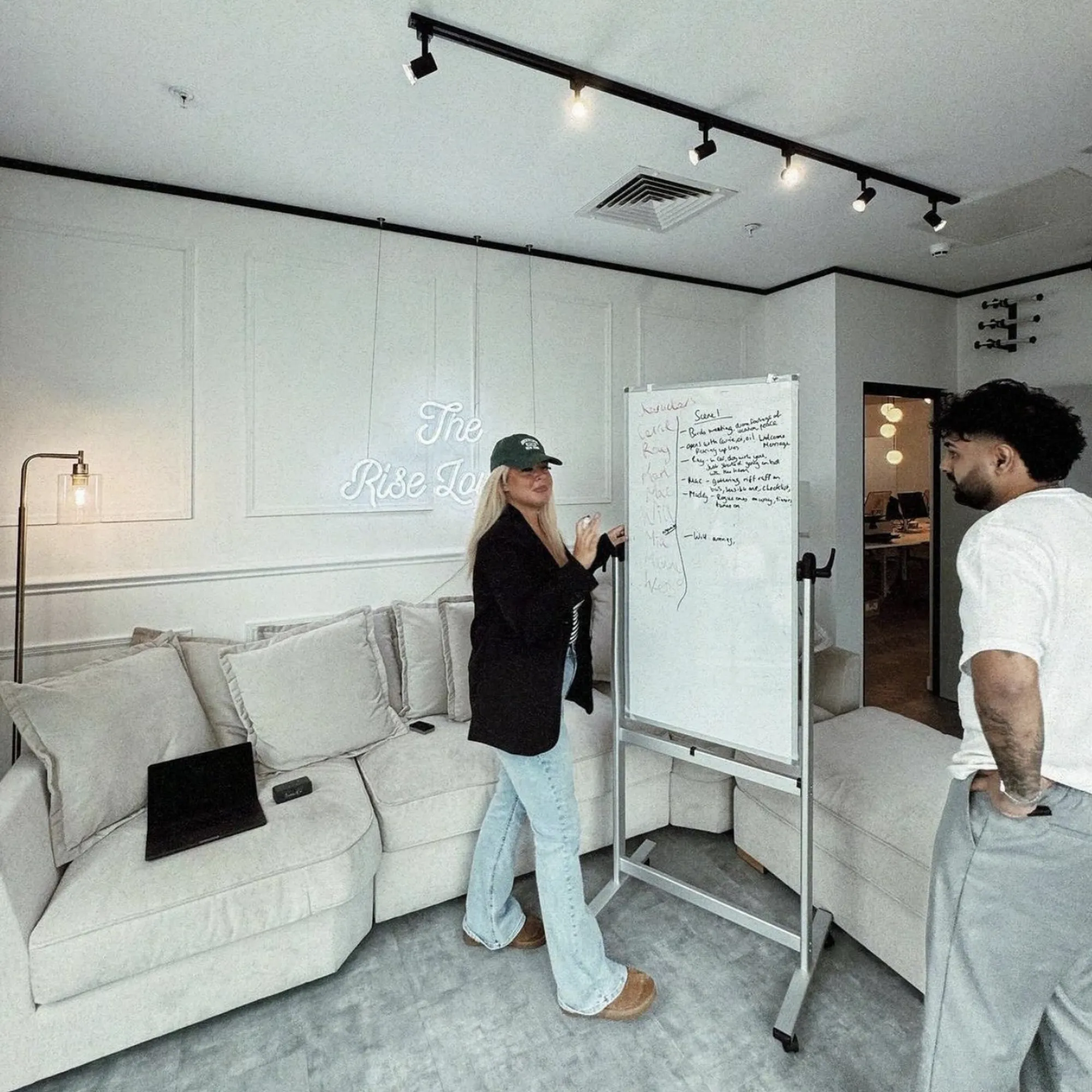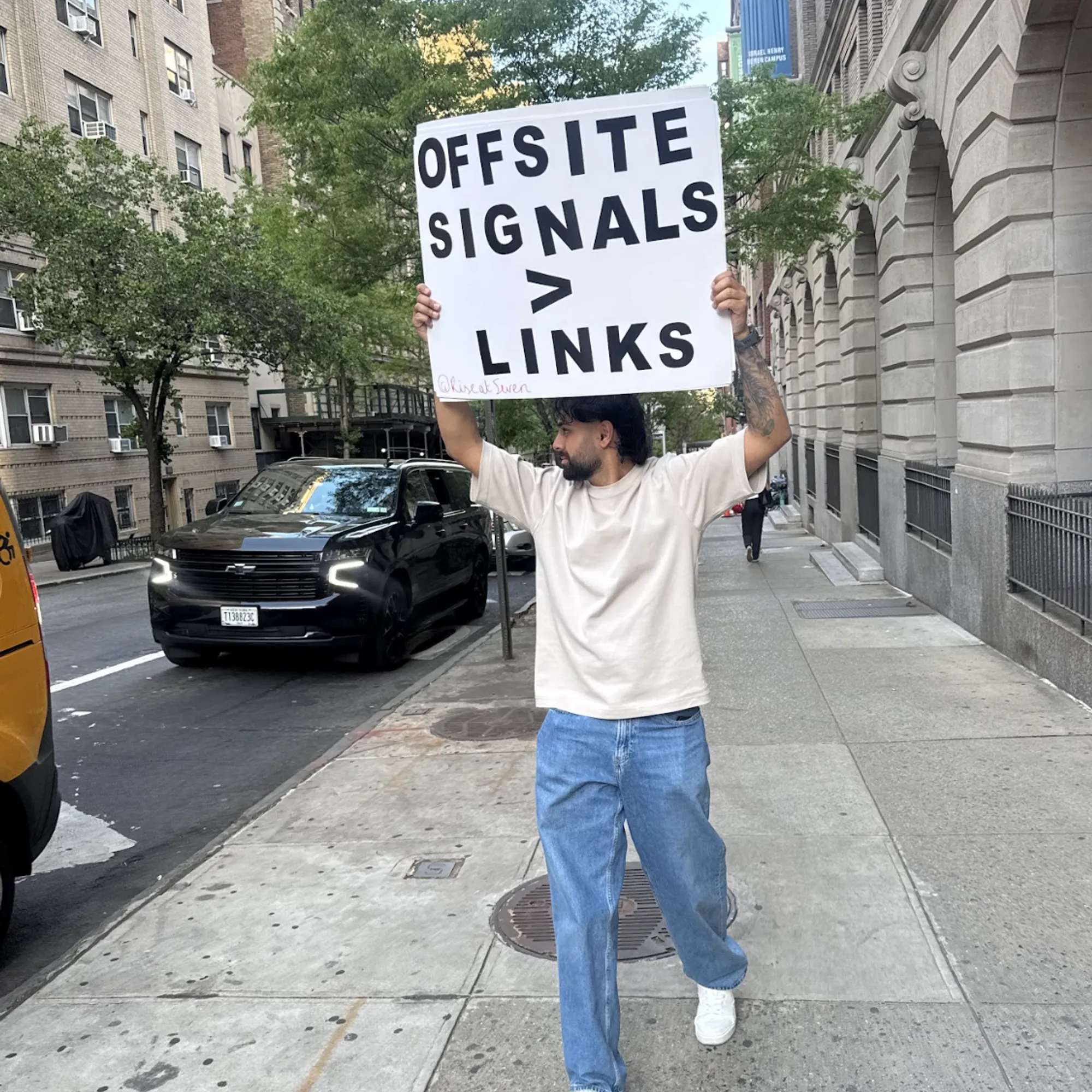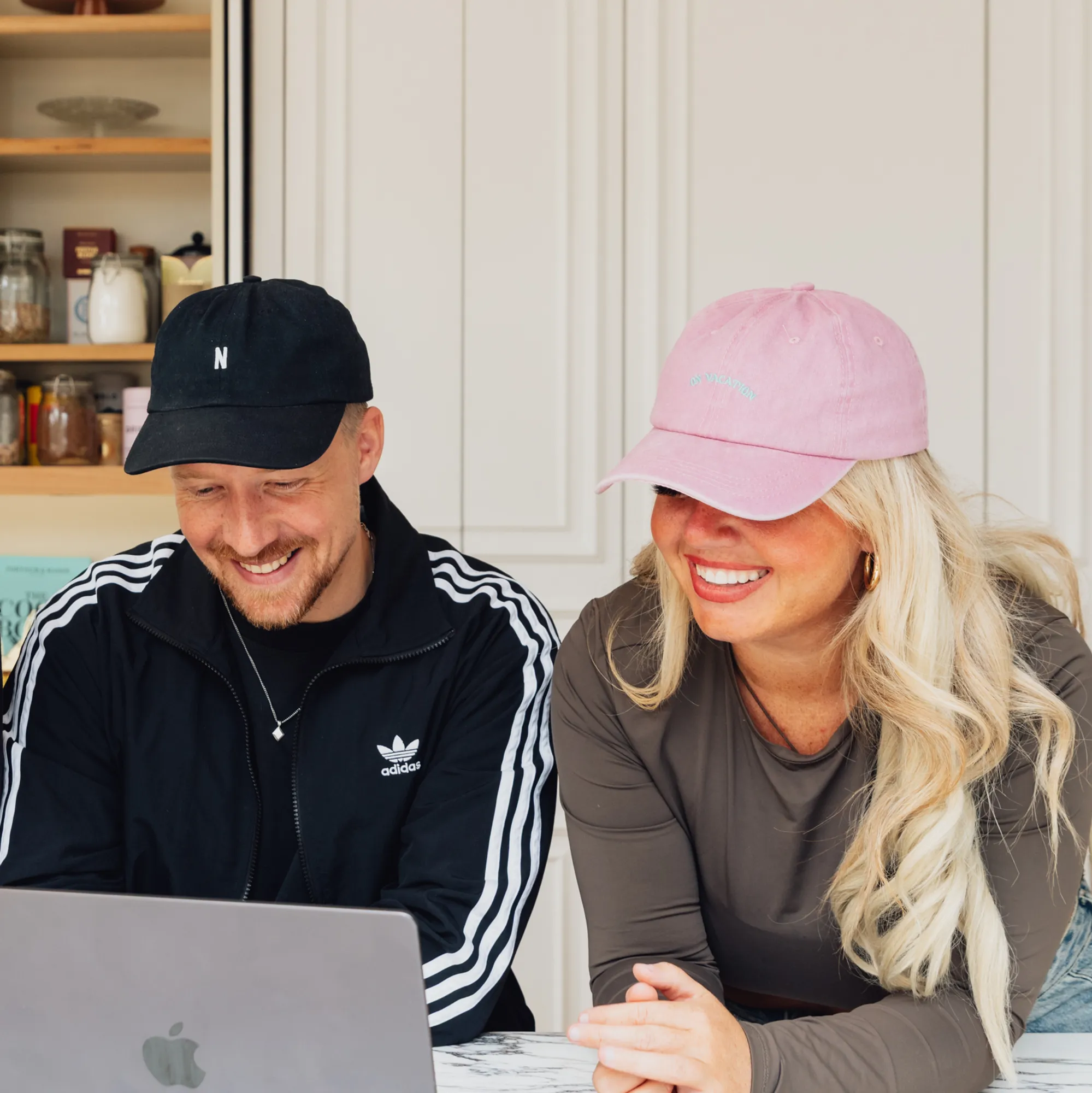We get asked a lot how we come up with such creative campaigns and the answer is simple. Well, kind of. Although most of it boils down to just having awesome ideas people (which are rare) there is a method behind the madness (and magic)!
Exciting ideas come fairly easy when you have an awesomely creative team and give them the freedom to do what they do best. Limitations and people saying no can be a hindrance - not only to the creative thinking but confidence too. But there’s a big difference between a great idea and a successful campaign.
The best digital PR campaigns come from ideas that have been prodded and poked, turned inside out and torn apart before being taken forward. That’s where idea validation comes in.
Scrutinising your ideas for weaknesses before you pick your strongest ones will be the difference between an idea that you think is great and an idea that the rest of the world thinks is great.
So how do you validate your own ideas? Pull up a pew, grab a cuppa and get comfy because I’m about to show you my 5 step process.
The What
First, clarify what the story is. Ask yourself what this idea is going to do or show and sum it up in a single sentence. Write that sentence down and breathe a sigh of relief because you’ve found your story and your idea has passed the first test. It can live, for now.
If you can’t sum up the story in a single sentence you have a broad concept, not a campaign idea. Go back and refine it, hack away the deadwood that’s overcomplicating it and keep going until you find the dragon heartstring or phoenix feather at the core of your idea.
If you still can’t sum up the story in a sentence you’re going to have to murder this particular darling. An idea that can’t be communicated in the first line of an email will end up being a campaign that can’t be pitched to busy journalists (so, all of them). Bin it and move on to your next (potentially) great idea.
The Why
This is where you’ll start to think about the why of your story, as in why will anyone care and why will anyone cover it? It’s easy at this point to fall into the trap of focusing a little too much on whether anything similar has ever been done before. But remember, not every campaign needs to reinvent the wheel. As someone far smarter than me once said;
‘There is no such thing as a new idea. We simply take a lot of old ideas and put them into a sort of mental kaleidoscope’ – Mark Twain
So worry less about whether anyone in the history of the world has ever had a similar idea, and more about what your version of the idea will allow people to do or see that they couldn’t before. How will you make it bigger, better, sexier?
We all know it’s more important than ever to build in a contingency plan for your campaigns (because who tf knows what’s going to happen anymore?). So angles are everything.
Every campaign you create needs to have several angles, ideally for several niches. So start by listing out all the different angles journalists will be interested in and section them out into niches. This will be your roadmap for pivoting the campaign if you need to. And let’s be honest, you probably will need to. If you’ve got a solid idea of why anyone will care and you can be sure you’ve got backup angles for your backup angles, you’re ready to put your idea through The Assault Course of Practicality. If you can’t be sure of that, kill it and move on.
The How
This is where you need to get your practical head on (or grab some more practical teamies if that’s not your bag) to figure out if and how you could make this a reality.
Start by thinking about what you need to create the campaign. If it’s data-led, where will the data come from? Make a note of links to any open-source data you’ll be using and write down a solid plan for how you’ll collect any original data. But don’t stop there.
There’s nothing worse than coming up with a data-led idea and too late down the line, finding out that the data doesn’t support the main story you want to tell. So before you go any further, do a test data-pull and see what stories it’s actually telling.
If it’s not data-led, what else will you need to create this campaign? Make a list of everything, reach out to suppliers and specialists for quotes and timescales then work out if everything you need is going to fall within your budget and timescale.
Then it’s on to the format. What is this going to look like? Collect inspo to give to your designer and chat to them about whether the format you’re envisaging is going to work with your data or story. Think about whether it should be static or interactive and make sure your dev is able to deliver on any interactivity you’ve got in mind.
If you’ve got this far and your idea is still working for you, congrats! It has survived The Assault Course of Practicality and you’re one big step closer to being sure you’ve got a campaign that’s going to work.
The Who
Here’s where you sense-check that your idea has a solid brand link back to your client and that it fits with their key goals as well as their digital and content strategy. Tbh, you should always have this in mind when coming up with ideas for any client and as you know your clients inside out (or at least you should do hun) this part should be done already. All that’s left is to get it down in black and white.
Simply ask yourself, what’s the link to the client’s brand? Why are they an authoritative source to be talking about this topic? And how does this idea contribute to the client’s overall digital strategy?
Once you’ve nailed this down, you’ll be within sniffing distance of having a campaign that’s going to pop off.
The Where
Now, all that’s left to do is crack out your crystal ball and picture where your campaign is going to get covered. Get yourself in front of a mirror and start chanting some positive affirmations. Jokes, not really.
This last stage is about planning out the very beginning of your media list. Do some research and nail down your top 5 key publications that you want to get your campaign on. Kick it into stalker mode to find the journalists at those publications who are likely to cover your campaign by looking at their recent stories for similar hooks, formats and topics.
Take a look at their headlines, picking out the wording or structures they like to use often. Then write up the key headlines for your campaign in a similar format. This will help you align your idea with how your dream journalists are likely to cover it, and it’ll also give you a starting point for the subject lines of your outreach once you get to that stage.
Note all this research down and it’ll become the start of your media list strategy.
Is your idea still alive? If so, you can do a celebratory dance and breathe a sigh of relief. Any idea that’s passed these 5 tests has a strong chance of success so go make it happen!
What started out as a great idea (in theory) is now a fully-fledged concept for a campaign you’re going to want to tell your mum about. You’ve prodded and poked your idea to see where the weaknesses are and found ways to strengthen those areas so you can be confident that it’s now got the best chance of success. You’re ready to start bringing this bad boy to life!
Get in touch to see more of our famous campaigns!

















